Writing the Book on Boring
We wrote the book on boring. Truth be told, the book was written a long time ago by Kaiser, a book an old timer like me who has been working with Kaiser tools for more than 35 years can recall in detail. In those 35 years, I think I’ve run just about every combination of boring tool possible, in every material, and on all types of machinery. Still, every time I talk about boring holes, I give thanks to Kaiser for sharing with me the book on boring.
My first job out of college during the 80s was an application engineer for Kaiser modular boring tool systems. With really no practical experience on what it means to be considered an expert in the field of boring, I was flown to Switzerland for nearly three weeks for training on all aspects of how a precision boring tool is made, but more importantly, how to apply them. As with any training, I sat next to the experts, made notes and did all that was expected to learn from them. With more than 30 years in the business, Heinz Kaiser’s engineering team knew the business of boring.
I was given a binder full of documentation and catalogs, easy stuff to learn and most of which I studied before my trip. During the second week, the director of engineering handed me a booklet—thankfully in English—and told me to read it cover to cover that night. I dutifully took it to my hotel room and started to read. After all, there were no distractions like the Internet or TV programs in a language I could understand. The booklet, “KAISER Cutting Data Tables,” has been my most treasured possession.
My first reading went well, but I don’t think I really grasped what was written. The data itself was in metric units, so I was trying to figure out how to translate units like m/min to sfm, how much a mm was, and what this funny looking symbol (µm) was supposed to be. I went home, ready to test my new-found expertise in the American market.
It wasn’t long before I was standing in front of a CNC machine, doors open, with an experienced operator waiting for me to decide what to do next. The tool was chattering badly, and I had already adjusted the speeds and feeds to no avail. Thankfully, I had thought to bring some extra inserts along, and I remembered some of the notes from “the book.” We tried the tool again, this time with nearly perfect results and almost no sound from the cutting. The operator was truly impressed with the tool now, gave me a big smile and said thanks for making his job easier.
When I boarded the plane to return home, I took out my book on boring and read page 8 again. There it was. I could now completely understand what it said and why: “Do not confuse cutting edge rounding with cutting edge radius.” Following this, was a chart called “Practical values for cutting edge rounding.” I was now an expert on what edge prep means.
I don’t have to read the book on boring anymore; I have it mostly memorized now. But from time to time, I look it over and think back on when I was able to use what was written so long ago. Today our Kaiser tools look similar, but the technology is vastly improved. Automatic balance fine boring heads, digital readouts that connect to iPhones through an app, and Smart Damper anti-vibration bars. Our boring tool technology has improved, but the rules to apply them still remain the same, even after 40 years since the first book on boring was published in 1980.
If you would like to receive your free copy of “The Book on Boring, KAISER Cutting Data Tables,” click the button below and we will send a PDF version for your better understanding and appreciation of how Kaiser wrote the book on boring.


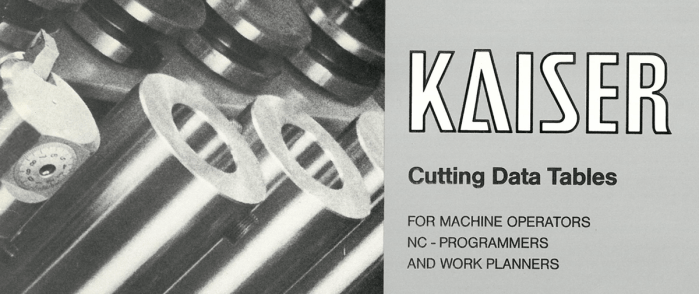
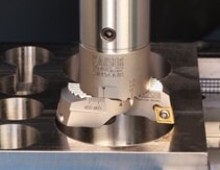

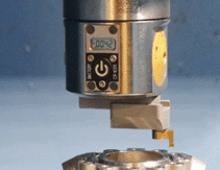
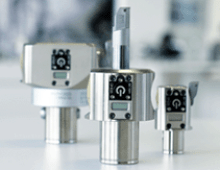
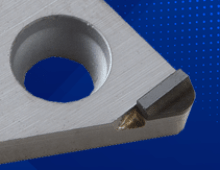
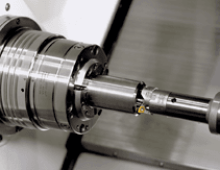
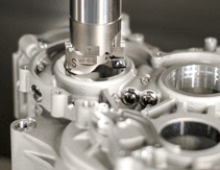
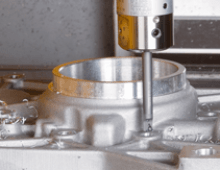
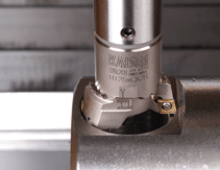
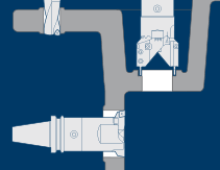
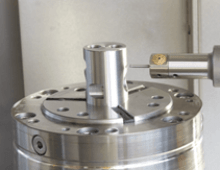
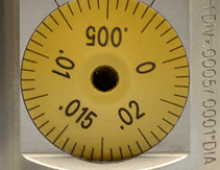
Did you find this interesting or helpful? Let us know what you think by adding your comments or questions below.